Q.1 How do you identify a bed bug?
A. Bed bugs are small, reddish-brown insects that feed on the blood of humans and animals. They are about the size and shape of an apple seed, and they are typically flat and oval-shaped. Bed bugs do not have wings, but they can move quickly across floors, walls, and ceilings.
To identify a bed bug, you can look for the following signs:
1. Blood stains – Bed bugs often leave behind small blood stains on bedding or furniture.
2. Fecal stains – Bed bugs also leave behind dark, rust-colored stains from their fecal matter.
3. Live bugs – You may be able to see live bed bugs crawling on your bedding or furniture, especially at night.
4. Shed skins – Bed bugs shed their skins as they grow, so you may find empty exoskeletons in areas where they are present.
5. Eggs – Bed bugs lay small, white eggs that are about the size of a pinhead. You may be able to see these eggs on bedding or furniture.
If you suspect that you have bed bugs, it’s important to take action right away. Bed bugs can quickly multiply and infest your home, so it’s best to consult a professional pest control company to help you get rid of them.
Q.2 Can bed bug feed of animals?
A. Yes, bed bugs can feed on animals as well as humans. Bed bugs are known to feed on the blood of mammals, including dogs, cats, and rodents. They are attracted to body heat and the carbon dioxide that animals exhale, making them just as likely to feed on pets as they are on people.
In fact, pets can often be the first indication of a bed bug infestation. If your pet is scratching or biting excessively, it could be a sign that they are being bitten by bed bugs. You may also be able to see bed bug bites on your pet’s skin.
It’s important to treat both your home and your pets if you suspect a bed bug infestation. Professional pest control companies can use a variety of methods to eliminate bed bugs from your home, including heat treatments, insecticides, and vacuuming. They can also provide guidance on how to prevent future infestations. Additionally, it’s important to take your pet to the veterinarian if they are experiencing excessive scratching or biting, as this could indicate other health issues as well.
Q.3 How long do Bed Bug live?
The lifespan of a bed bug depends on various factors such as temperature, humidity, and availability of food sources. In general, a bed bug can live for several months to a year or more.
At room temperature, which is around 70 to 80 degrees Fahrenheit, a bed bug can live for about 5 to 10 months. However, if the temperature is lower or higher than this range, the lifespan of bed bugs can be shorter. For example, if the temperature is below 50 degrees Fahrenheit, bed bugs may become inactive and stop feeding, leading to their death. On the other hand, if the temperature is above 100 degrees Fahrenheit, bed bugs may die due to dehydration.
Bed bugs can also survive for long periods of time without feeding, which can contribute to their longevity. Adult bed bugs can survive for up to a year without feeding, while nymphs (young bed bugs) can survive for several months without feeding.
It’s important to note that bed bugs can reproduce quickly, with a female bed bug laying up to 500 eggs in her lifetime. This can contribute to the rapid spread of infestations and make it challenging to eliminate them completely. If you suspect a bed bug infestation, it’s important to seek professional pest control assistance as soon as possible.
Q.4 Is a bed bug bite harmful?
A. While bed bug bites are not known to transmit any diseases, they can still be harmful and cause discomfort for some individuals. Bed bug bites can cause a range of symptoms, including itching, swelling, and redness around the bite area. Some people may also experience an allergic reaction to bed bug bites, which can cause more severe symptoms such as difficulty breathing or anaphylaxis, although this is rare.
It’s important to note that bed bug bites can also have psychological effects, such as anxiety and insomnia, due to the stress and discomfort associated with the infestation. In some cases, people may also experience skin infections due to scratching the bite area excessively, which can lead to further complications.
If you are experiencing symptoms from bed bug bites, it’s important to avoid scratching the area and to seek medical attention if the symptoms are severe or persistent. Additionally, it’s important to take steps to eliminate the bed bug infestation to prevent further bites and discomfort. Professional pest control companies can provide guidance on how to eliminate bed bugs from your home and prevent future infestations.
Q.5 How do you know if you have been bitten by bed bugs?
A. If you suspect that you have been bitten by bed bugs, there are a few signs that can help you identify the source of the bites. Bed bug bites typically appear as small, raised, red bumps on the skin, often arranged in a line or cluster. The bites are usually itchy and can become more inflamed over time.
Some additional signs that may indicate bed bug bites include:
1. Bite Marks on Exposed Skin – Bed bugs typically bite areas of skin that are exposed during sleep, such as the face, neck, arms, and hands.
2. Blood Stains on Bedding – Bed bugs can be accidentally crushed while feeding, leaving behind small blood stains on sheets and bedding.
3. Fecal stains on Bedding – Bed bugs also leave behind small, dark, rust-colored stains on bedding from their fecal matter.
4. Presence of Bed Bugs – You may be able to see live bed bugs or their shed skins in areas where they are present, such as in cracks and crevices of furniture or walls.
It’s important to note that not everyone reacts to bed bug bites in the same way. Some people may have no reaction at all, while others may have a more severe reaction. If you suspect that you have been bitten by bed bugs, it’s important to seek medical attention if the symptoms are severe or persistent. Additionally, it’s important to take steps to eliminate the bed bug infestation to prevent further bites.
Q.6 Is a bed bug bite contagious?
A. No, bed bug bites are not contagious from person to person. Bed bugs are a type of insect that feeds on human blood, but they do not spread through physical contact or exchange of bodily fluids like contagious diseases.
Bed bugs can, however, spread from one location to another if they attach to clothing, luggage, or other personal belongings of an infested person and are transported to a new location. So, while bed bug bites themselves are not contagious, it is possible to spread a bed bug infestation to other locations through the unintentional transportation of bed bugs.
It’s important to note that bed bug bites can cause discomfort and allergic reactions in some people, but these reactions are not contagious either. If you are experiencing bed bug bites, it’s important to take steps to eliminate the infestation in your home and avoid bringing bed bugs with you when traveling.
Q.7 Does steam kill bed bugs?
A. Steam can be an effective method for killing bed bugs, but it’s important to use the right type of steam cleaner and technique to achieve the best results. Bed bugs are highly resilient pests that can survive in a range of environments and temperatures, so using steam alone may not be enough to completely eliminate them from your home.
When using steam to kill bed bugs, it’s essential to use a steam cleaner that can produce temperatures of at least 160°F (71°C). This temperature is the minimum required to kill bed bugs and their eggs on contact. It’s also important to direct the steam at the bed bugs themselves, rather than simply steaming the surfaces of your furniture or bedding.
To use steam effectively against bed bugs, you should move the steam cleaner slowly over the infested area, making sure to cover every inch of the surface. You should also use a dry steam cleaner, as wet steam can promote mold growth and damage your furniture or bedding.
While steam can be a useful tool in the fight against bed bugs, it’s important to remember that it should be used in conjunction with other methods, such as vacuuming and chemical treatments. A multi-pronged approach is often necessary to completely eradicate bed bugs from your home.
In summary, steam can be an effective tool for killing bed bugs, but it’s important to use a steam cleaner that can produce high enough temperatures and to direct the steam at the bugs themselves. However, it’s not a standalone solution and should be used in combination with other treatments for best results.
Q.8 How do bed bug travel?
A. Bed bugs are small, wingless insects that are typically transported by people or their belongings. They are excellent hitchhikers and can easily travel from one location to another on clothing, luggage, furniture, bedding, and other personal items.
One of the most common ways bed bugs are transported is through travel. When people stay in infested hotel rooms, bed bugs can easily climb into their luggage or attach themselves to their clothing. This allows them to travel with the person and infest their home or workplace once they return.
Bed bugs can also travel between apartments or buildings through cracks and crevices in walls or floors. They can move through electrical outlets, pipes, and baseboards, allowing them to easily spread throughout a building.
Another way bed bugs can travel is through the purchase of used furniture or bedding. If these items are infested with bed bugs, they can quickly spread to other areas of the home.
Lastly, bed bugs can also be transported through social visits. If a person visits a home or establishment that is infested with bed bugs, the insects can attach themselves to the person’s clothing or belongings and be transported to a new location.
In summary, bed bugs travel by attaching themselves to people or their belongings, spreading through travel, through cracks and crevices in walls and floors, through the purchase of used furniture or bedding, and through social visits. To prevent the spread of bed bugs, it’s important to inspect personal items and to take preventative measures when traveling or purchasing used items.
Q.9 Are bed bugs harmful to your health?
A. While bed bugs are not known to transmit diseases to humans, they can still have negative effects on your health and well-being. Bed bugs are parasitic insects that feed on the blood of humans and animals, and their bites can cause a range of physical and emotional reactions.
The most common physical reaction to bed bug bites is itching and redness at the site of the bite. This can be uncomfortable and can lead to secondary skin infections if the bites are scratched excessively. In rare cases, some people may experience severe allergic reactions to bed bug bites, which can cause swelling and difficulty breathing.
In addition to physical symptoms, bed bugs can also have psychological effects on their victims. Bed bug infestations can cause anxiety, stress, and sleep disturbances, as people may fear being bitten or may experience discomfort while trying to sleep. This can lead to a range of negative health effects, including depression, insomnia, and decreased immune function.
Furthermore, the use of pesticides or other treatments to control bed bug infestations can also have negative health effects. Improper use or overuse of pesticides can lead to respiratory problems, skin irritation, and other health issues.
In summary, while bed bugs are not known to transmit diseases, they can have negative effects on your health and well-being. Their bites can cause physical symptoms such as itching and redness, as well as psychological effects such as anxiety and sleep disturbances. It’s important to take preventative measures to avoid bed bug infestations and to use safe and effective methods to control them if they do occur.
Q.10 What scent keeps bed bugs away?
A. Some smells like lavender, tea tree oil, peppermint, or eucalyptus have been said to keep bed bugs away. But scientists don’t have a lot of proof that these smells alone will get rid of all the bed bugs. You need to use other ways like cleaning with a vacuum or steam, and using chemicals to help get rid of them. These smells can help, but they won’t totally get rid of bed bugs by themselves.
You should also vacuum, steam clean, and use chemicals to help get rid of them. Using these methods together can be the best way to get rid of bed bugs.
Q.11 Do mothballs kill bed bugs?
A. Mothballs are not an effective method for killing bed bugs. Mothballs are designed to repel moths and other insects by releasing a strong and pungent odor. However, this odor is not effective in killing bed bugs, nor does it repel them.
Using mothballs as a bed bug control method can also be dangerous. Mothballs contain a chemical called naphthalene, which is toxic and can be harmful to humans and pets if ingested or inhaled. In addition, bed bugs can develop resistance to certain insecticides, including naphthalene, over time, making them even less effective as a control method.
Instead of using mothballs, it’s recommended to use proven methods for bed bug control, such as heat treatment, vacuuming, steam cleaning, and chemical treatments. These methods have been shown to be more effective in controlling bed bug infestations and are less harmful to humans and pets when used properly.
Q.12 Where can bed bugs be found?
Bed bugs can be found in various places where people live or stay, including homes, hotels, motels, and apartments. They are usually found in bedrooms or other areas where people sleep or rest, such as couches, chairs, and even public transportation like buses and trains.
Bed bugs are attracted to warmth and carbon dioxide, which is why they tend to be found in places where people sleep. They can hide in cracks and crevices, such as mattress seams, bed frames, and headboards, as well as in furniture, baseboards, and even electrical outlets.
Bed bugs can also be brought into a home through infested secondhand furniture, luggage, or clothing. Once they are in a home or other location, they can quickly spread and infest multiple areas.
It’s important to know where bed bugs can be found so that you can take steps to prevent infestations and detect them early if they do occur. Regularly inspecting and cleaning areas where bed bugs may be hiding can help prevent infestations from getting out of control.
Q. 13 How fast do bed bugs reproduce?
A. Bed bugs are known for their ability to reproduce rapidly. A female bed bug can lay up to five eggs per day and up to 500 eggs over her lifetime. The eggs are small and white and are about the size of a pinhead. They are usually laid in cracks and crevices near a host’s sleeping area.
The eggs typically hatch within 6 to 10 days, and the newly hatched bed bugs are called nymphs. Nymphs go through five molts before becoming adults, and each molt requires a blood meal. Bed bugs can feed on a host every 5 to 10 days, so the time it takes for a bed bug to go from egg to adult can vary depending on the availability of food.
Under ideal conditions, bed bugs can reach maturity in as little as a month and a half, which means a small infestation can quickly become a large one if left untreated. It’s important to take immediate action at the first sign of a bed bug infestation to prevent their rapid reproduction and spread.
Q.14 How do bed bugs spread?
A. Bed bugs can spread in several ways. One of the most common ways is through human travel. When people travel, they may unknowingly bring bed bugs with them in their luggage, clothing, or other personal belongings. Bed bugs can then infest a new location, such as a hotel room, apartment, or home.
Bed bugs can also spread through the purchase of infested secondhand furniture or other items. When an infested item is brought into a home, the bed bugs can quickly spread to other areas and begin a new infestation.
Another way bed bugs can spread is through human interaction. Bed bugs can move from one person to another, especially in crowded areas such as public transportation, movie theaters, or schools. Bed bugs can also spread within a home or apartment building through shared walls, pipes, or vents.
Once bed bugs have infested a new location, they can quickly reproduce and spread to other areas. Early detection and treatment are crucial for preventing the spread of bed bugs and preventing a small infestation from becoming a large one.
Q.15 Can you get rid of bed bugs on your own?
A. While it is possible to get rid of bed bugs on your own, it can be challenging and time-consuming. Bed bugs are resilient pests that can hide in small cracks and crevices, making them difficult to locate and eliminate.
DIY bed bug treatments such as using essential oils, rubbing alcohol, or mothballs are generally not effective in eliminating an infestation. In fact, these treatments may even cause the bed bugs to spread further, making the infestation worse.
The most effective way to get rid of bed bugs is to hire a professional pest control company. Professional exterminators have the knowledge, experience, and equipment necessary to effectively locate and eliminate bed bugs in all life stages. They also use safe and effective chemical treatments that are not available to the general public.
If you want to get rid of bed bugs on your own, it can be hard and take a long time. You have to clean everything in your home, vacuum, and seal any places where bed bugs can hide. But even if you do all of these things, you might not get rid of all the bed bugs. It’s best to get help from a professional pest control company to make sure all the bed bugs are gone for good.


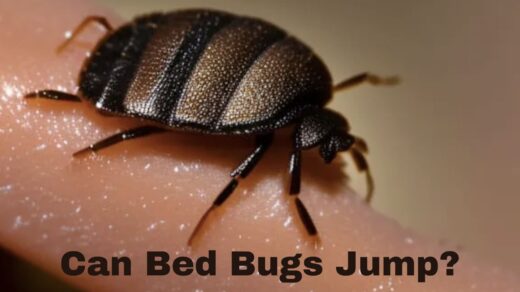
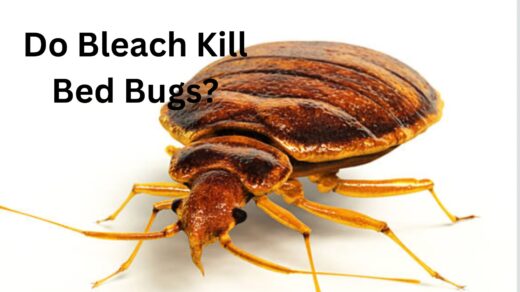

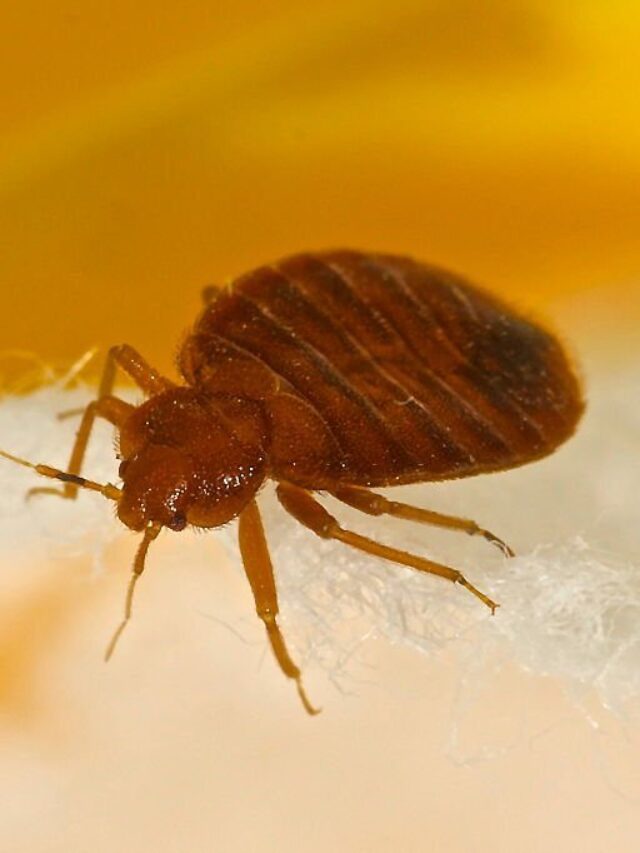
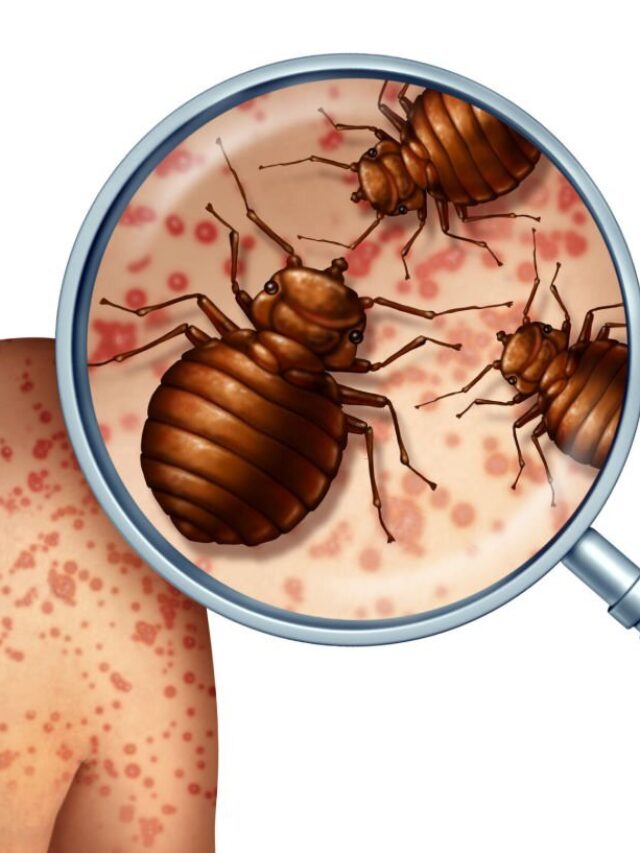




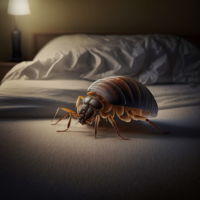
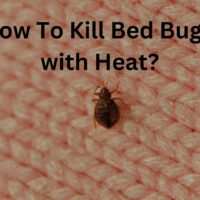
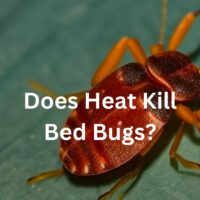
Thanks for pointing out how bed bugs are pests that can infest your bed space and create problems in your home. I have a colleague who wants to live near the city and invest in an apartment. I think it would be a good idea for him to find a pest control company that can deter these pests from his apartment before they give him skin problems later on.